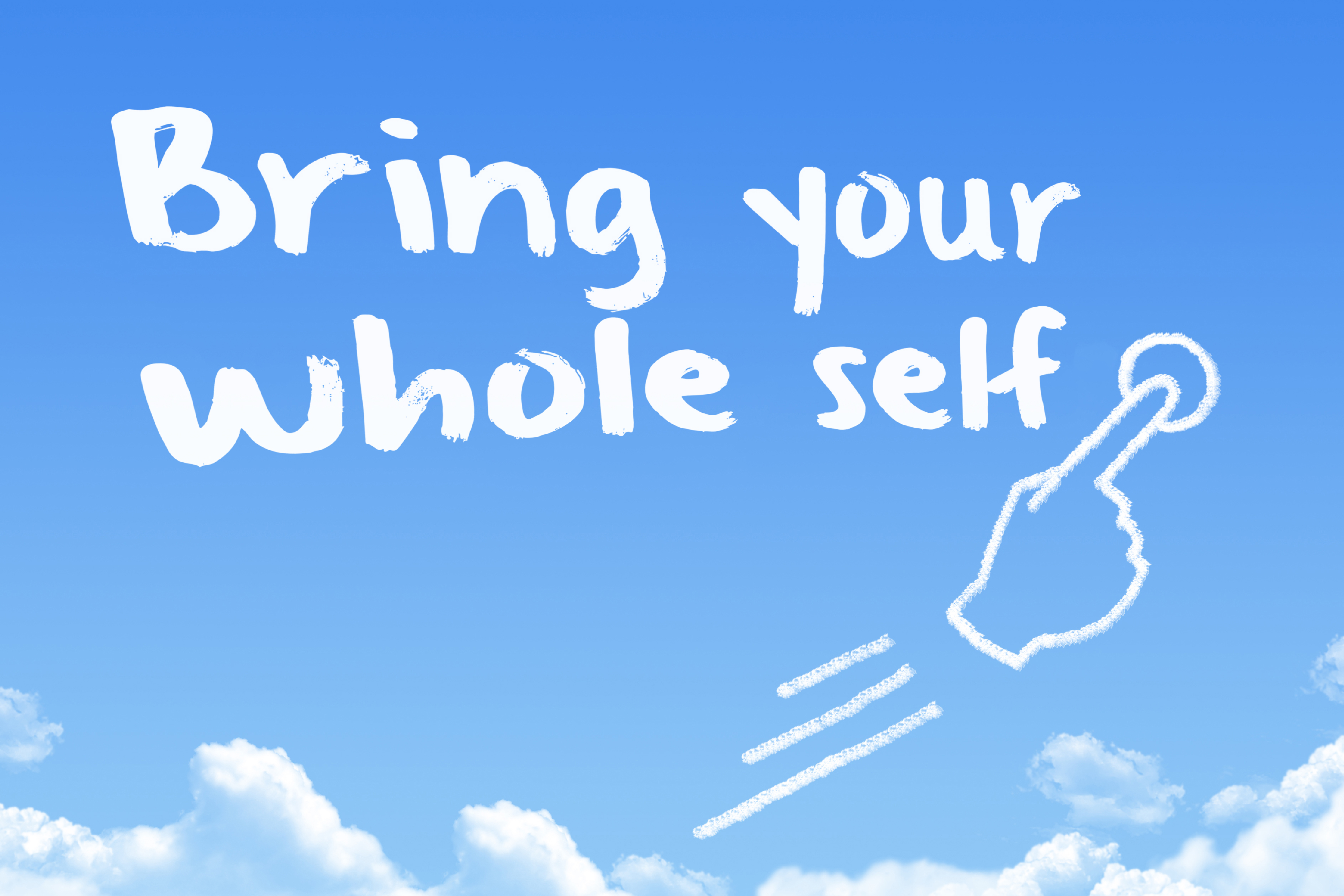The future of work might be ‘hybrid’
Hybrid work requires a new strategy that combines innovative technology with flexible work policy, in which people work from home some days and in their offices on other days. If you wonder whether the move from the traditional model of work will mean the disappearance of physical offices in the future of work, a Microsoft research may provide some insights. The researchers found out that work will likely be a fluid mix of in-person and remote collaboration. In this new work world, productivity and performance are influenced by certain factors including personalities, gender, the nature of the work at hand, whether the employee lives alone or with others, the seniority at work and the lay-out of the workplace. In this sense, a one-size-fits-all mind-set will most likely not be the ideal solution for facilitating a smooth transition to a hybrid work model.
What Do Employees Want?
Talent leans towards a multiverse of work in which people work part-time in the office and part-time from home. In other words, employees want to block out specific hours for collaboration and the rest for autonomous work.
-
In a survey by Work After Lockdown, 73% of respondents reported that they ideally wanted working patterns that allowed them to vary their place of work to reflect the tasks they were performing.
-
Another study conducted by the consultancy Global Workplace Analytics (GWA) with the participation of nearly 3,000 global employees in the spring of 2020 discovered that more than three out of four (76 percent) wish to work from home at least once weekly on a go-forward basis.
-
According to a survey conducted by Mercer Turkey and PERYÖN cooperation, almost 60% of the companies surveyed estimate that remote/hybrid work models will remain to be a part of the business landscape in Turkey even after Covid-19 pandemic ceases to be a threat to humans.
The benefit of hybrid work lies in its capability to break the routine and enable the employee to practice self-determination. Self-regulation is found to be strongly positively correlated with high productivity per hour worked. Explaining autonomy as a distributed responsibility network across an organisation, Josh Bersin, the founder of Bersin Academy, underlined the human’s inherent capability for adaptation in his talk he delivered for Wellbees 2020 LOOP Talks. Bersin believes that once we create a fertile ground for the transformation of business processes, organise cross-functional teams, and provide corporate learning opportunities, people will find it much easier to behave in an agile and resilient way when faced with changes and challenges.
Top Pain Points and Ways of Navigating Through Challenges
Despite overwhelming positivity for more flexible work policies, 45% of respondents worry over not seeing colleagues in person, while 34% are concerned about their ability to collaborate effectively. Distractions, connection issues, and lack of ergonomic work environments are the notable pain points of remote work. More remote work can make it a real struggle to maintain boundaries while working away from the office, recover from virtual meeting fatigue and compensate for missed in-person connections like spontaneous hallway conversations. So, what do companies need to consider as they are moving to hybrid models?
A solid hybrid work strategy and a culture of connection
An ideal hybrid workplace should take advantage of the opportunities your organization affords while creating new norms that prevent remote workers from feeling isolated or neglected. The best cultures are ones where people feel a sense of connection to the company’s purpose and a sense of trust in their leaders and peers. This is not different with a remote team. Identifying what makes your culture unique and how to be more intentional about the way you spend your time in the office versus at home is critical to steer your company and employees through coordination challenges. Microsoft is building, for example, privacy-backed listening systems to let managers and leaders keep wellbeing of their teams on track, and empower managers to “hire talent from everywhere.” Apparently, remote work spotlights an acute need for a collaborative technology platform including tools for virtual meetings, collaboration, knowledge management, safe workplace, wellbeing, and video sharing, recognition, feedback and surveys. A crucial factor to consider as devising your technology platform is to provide simplicity and integration.
Collaboration
As employees get comfortable with collaboration technology, some challenges related to collaboration will resolve. However, employees working remotely will be ‘out of sight’ and could be forgotten about during important moments. This accidental neglect may create problems with inclusivity and equity, and even may lead to some employees falling through the cracks during mentorship opportunities and career growth steps. To prevent such possible unfairness, leaders and managers should listen to hybrid and remote workers to understand which platforms and support systems provide the most engaging experience. They should ensure that remote employees involve in the discussion and decision-making when in collaborative meetings and ask for input from people who have joined via phone or video. Sundar Pichai, the CEO of Google and Alphabet, says it is vital to have a hybrid workplace that will help them collaborate effectively across many work environments and explains in a blog post he shared how a team of experts are “testing new multi-purpose offices and private workspaces to develop advanced video technology that creates greater equity between employees in the office and those joining virtually.”
Resilience and well-being as top priorities in the remote work strategy
Hybrid work can be great for many people as it offers some benefits such as less time spent commuting, more time spent with family and reduced health risks from the pandemic but it also creates new challenges and questions. According to a survey led by GITLAB, 42% of those interviewed admit that remote work blurs the work-life boundary in problematic ways, which indicates a need to prioritise corporate and personal wellbeing in a visible way.
So it is crucial for employers to ask themselves what mental health, coaching, fitness, and wellbeing benefits they will provide and how they will help people maintain spatial and temporal boundaries between work and personal life or take time off if they’re remote for long periods of time. Hubspot sets a great example in this sense. It has made some significant investments in employee wellbeing and health such as introducing Modern Health to give employees more access to coaching, therapy, and mental health resources, offering sessions on mental health, wellbeing, and resilience and initiating a global “Take a Break” campaign to encourage their people to use their vacation even if they aren’t able to travel.
Applying design thinking to the work experience may help you learn how to better enable remote work. Successful design thinking integrates an understanding of human behaviour, and equip you to deliver much more meaningful solutions for people’s unique needs. Once people see well-being tools as a permanent part of their lives and benefit from them in each possible way, it is easier to adopt and maintain healthy habits. As Covid-19 Global & Turkey Employee Experience Research, a survey co-operated by Wellbees and Willis Tower Watson, solidified health and well-being culture at the workplace inspires people to pursue their personal goals and adopt a healthy lifestyle, and helps employees feel more engaged. Wellbeing goes beyond health or physical and social activities – it comes to life through eight dimensions of wellbeing. Organisations which build their view of wellbeing on these eight dimensions emerge stronger and more agile for the future. Unsurprisingly, one of the prime determinant of corporate success is to optimise your workplace for the employee health and happiness. That’s why wellbeing is not a luxury but a necessity. As a supportive platform providing services for eight dimensions of wellbeing, Wellbees meet organisations’ needs across wellbeing landscape. Wellbees is new generation Human Resources’s pillar of support and continues to revolutionise the concept of holistic employee wellbeing through effective strategies such as activities, digital content, challenges, competitions, employee attitude surveys and mood measures.
As you navigate through ambiguities and beyond, you should send out pulse surveys regularly to check how people are doing, improve their financial benefits and consult at well-being platforms to give people personal wellbeing support.
Sources:
Personal Productivity and Wellbeing - A Research from Microsoft
How Employee Experience Has Changed for 2021 by Jason Lauritsen – limeade
The Multiverse of Work by Avison Young
Well-being 2021: How to Build a Program for What Comes Next – limeade
The Next Great Disruption Is Hybrid Work—Are We Ready?
The Joys Of Hybrid Work. Ten Things We Have Learned by Josh Bersin
Remote Work Is Here To Stay: Are You Ready? by Josh Bersin
CEOs and Leaders: Here’s how to prepare for an extended period of remote work by David Hassell
By Burcu Uluçay


